You Asked: 4K OLED vs. 8K Mini-LED. And are built-in apps good enough?
On today’s episode of You Asked, tiny hotel room edition: 4K OLED versus 8K mini-LED. Are built-in TV streaming apps better for picture quality than an external streamer? Is the Bravia 9 going to be better than an OLED? And LG C3 versus Hisense U8N — which should you buy?
Before we dig in: Obviously, I’m still on the road and I’ve moved to a different hotel — this one happens to be pretty small. I’ve actually stayed here before, and it’s a clever room with a great view. But it’s a little tricky for video.
Is Sony Bravia 9 better than an OLED?
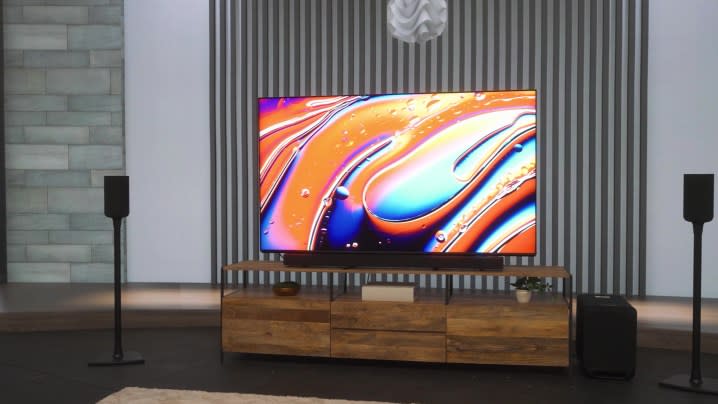
Mauricio Hernandez writes: They say OLED is the best in terms of picture quality as of now. But do you think the Bravia 9 mini-LED will look even better than the Bravia 8 or any OLED?
That is a super-hard question to answer because while I have seen a controlled demo of the 2024 Bravia 9 — also known as the XR90 — I have not thoroughly tested it. It’s hard to answer because when you say “look even better” than an OLED, my question is by what measure? Will its black levels be as good? No. All LCD TVs will have blooming to some degree. It’s unavoidable, and you can’t beat pixel-level dimming. But in terms of overall brightness and contrast? The Bravia 9 may dazzle more people than all but the brightest OLEDs. It comes down to what is “better” for whom?
If we make it purely objective and use a reference monitor as a basis for comparison to a standard, I think the Bravia 9 could get closer than any mini-LED TV on the market. But will it best an OLED under those conditions? I do not think so. I think most video professionals would identify the OLED as the superior TV for accuracy and adherence to creator’s intent in most categories. But just because a bunch of video pros say it’s the best doesn’t mean it is the best for you.
4K OLED vs. 8K mini-LED

Jake writes: Would a top-of-the-line 4K OLED TV look better than an 8K LED TV displaying 4K content on Netflix?
Hopefully, from my last answer, you can get a feel for how that question is a little open-ended. At most screen sizes, I’d take a 4K OLED over an 8K mini-LED LCD TV in almost every case — especially if that 4K OLED were the LG G4 or Samsung S95D. But, obviously, there are a lot of other factors at play. Which 8K LCD TV are we talking about? Which OLED TV are we talking about? What elements of picture quality mean most to you? How would you rank them top to bottom?
But, at the same screen size, I bet that if you put a premium 4K OLED next to even the best 8K LCD, most folks would be more enticed by the OLED.
Are built-in TV streaming apps better for picture quality?
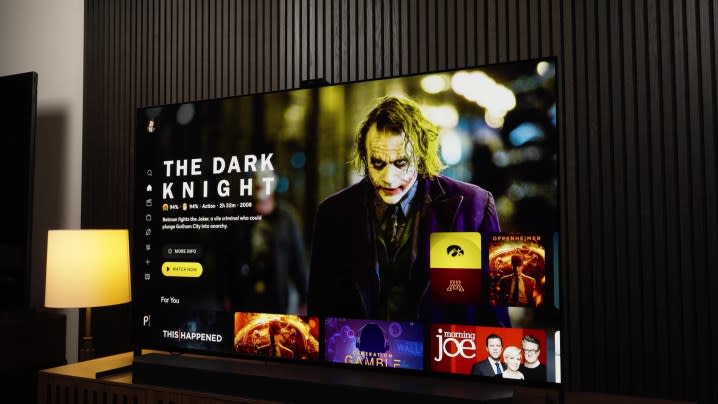
Elisamuel Pedraza writes: Does streaming directly from the TV’s system give better picture quality than connecting a streaming device? Or do you recommend getting something like an Apple TV box to get the best picture quality experience?
All things being equal, streaming from the TV’s built-in OS does not necessarily offer better picture quality than a separate streaming device. Unfortunately, all things never are equal. If the streaming device you are talking about is super cheap, it may not support some picture quality-related features like Dolby Vision or HDR 10+. There are other considerations not related to picture quality in which the built-in streaming app might be better than an inexpensive streaming box or stick. For example: A TV might be able to deliver Dolby Atmos from the streaming app, but it might not pass Dolby Atmos from an incoming HDMI signal. But that is getting to be a pretty rare scenario these days.
To make this simple: If I could persuade everyone to buy an Apple TV 4K, I would. Not everyone wants to get involved in the Apple ecosystem, and I get that. But in my opinion, there is no better streaming device on the market right now. All you Nvidia Shield lovers out there, please calm down. I know the Shield can do some things the Apple TV can’t. But, on the whole, the Apple TV is the best bet.
Do people really want accurate TVs?
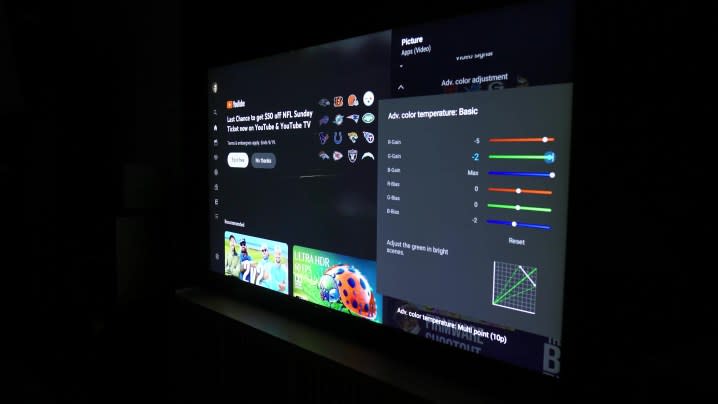
Northern Assasin writes: What percentage of people — even those who do their research — are really concerned with absolute accuracy? My guess is very few. Most people want a bright and colorful picture without going too far, like what Vivid mode introduces.
Mr. Assasin – I agree with you 100%. Most people are not concerned with accuracy. In fact, setting average picture level values often ends up making a TV look too dim in a brighter viewing environment, which is why I think the notion of “accuracy” gets misconstrued with dull or lifeless. In truth, accurate TVs are not at all dull and lifeless — if that accuracy is also matched to the viewing environment. And that’s why I think auto brightness and auto white balance features are becoming increasingly popular.
So, yes, it’s true. Most buyers — even those doing research — wouldn’t necessarily know accurate versus inaccurate, even in a side-by-side comparison. They’d just pick the TV with the picture that excites them.
Should I buy an LG C3 or wait?
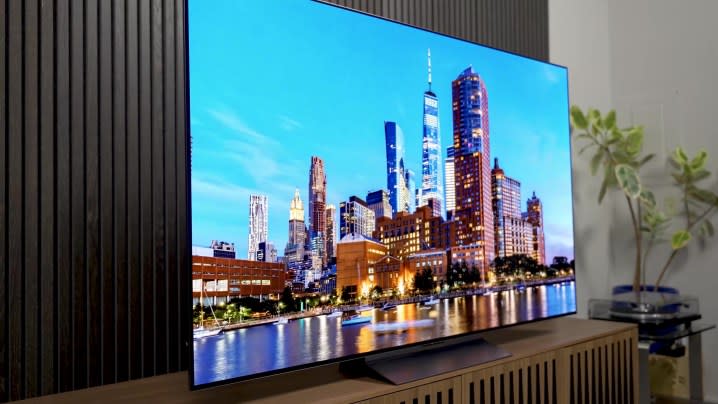
PJ writes: I’m in a pickle. I’m looking at the LG C3 on sale. Should I wait until fall for the LG G3/C4 to go on sale? Or should I just pull the trigger and get the LG C3. Note that I won a $750 gift card to Best Buy from work, and I set aside some money as well. So I want to make sure I get the best bang for my buck!
This actually ties into the next question I’m going to answer. The 2023 TVs are only going to be on sale for as long as they are still in stock. As far as I’m aware, there aren’t going to be more shipments to dealers and retailers. So while I think we’ll see models like the LG C3 and maybe the LG G3 hanging out for a few more months, they won’t be around forever. So if you’re going to buy a 2023 TV, it’s best to buy it sooner than later. I do not see the prices dropping on these TVs by much more — $100, maybe $200 at best? And then they will be gone quickly.
If the comparison is between a C3 and a C4, I’d say save some money and get the C3. I haven’t reviewed it yet, but I don’t know that the C4 is going to offer a tremendous improvement on the C3 — probably not enough for youto pass on the savings or spend a long time waiting for the C4 to drop to the price you see the C3 at now.
But you also tossed the LG G3 OLED in there. If it is within your means to buy the LG G3 right now, I would do so and not look back. The G4 is a notable improvement on the G3 in a few areas that enthusiasts care about, but it is enough improved over the C3 and C4 that it’s the smartest buy for someone who wants top-tier picture quality at the best possible price. So I’d get the G3, and I think you will be thrilled with that choice.
LG C3 vs. Hisense U8N
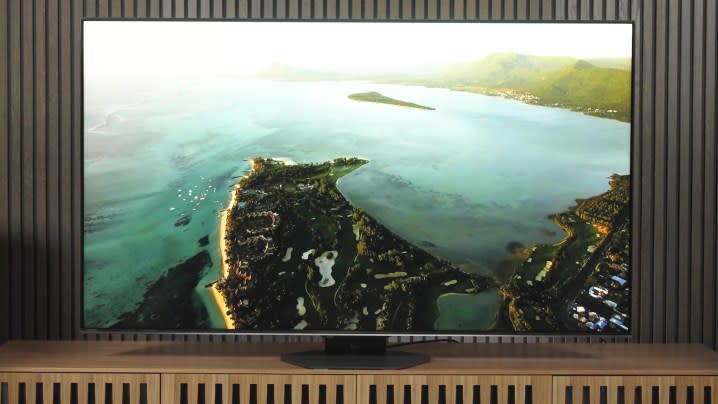
And, finally, the one I think a lot of you have been waiting for. The LG C3 versus Hisense U8N. We’ve got Tyler Calhoun writing in: Why would I buy the 65-inch Hisense U8N if I can get an LG C3 for $1,500? OLED seems like the obvious choice here. And Van Vuong wrote: The U8N 65-inch version costs the same as the LG C3 65-inch. Why not just get the OLED?
Those are, by far, the most popular questions I’ve gotten over the past few weeks. And those are just two examples I cherry-picked.
Going back to Northern Assasin’s observation above, we enthusiasts would do well to remember that we’re in a minority when it comes to what we need and want from a TV. We’re in a small club here — it’s a cool club and I love being part of it with you. But most folks are looking for a bright, beautiful TV available at a really good price and don’t spend a lot of time thinking about EOTF tracking, perfect black levels, and color accuracy. I think most folks out there know what bad looks like, and they don’t want that. But once you get to a certain level of quality, it will exceed their expectations, especially if they are upgrading from an older TV.
But there are some concrete reasons someone might want something like the Hisense U8K or Hisense U8N instead of the LG C3 at the same price. The U8K and U8N get significantly brighter than the C3, and that brightness comes in really handy for daytime viewing in a common living room setting. Also, I have heard from a lot of people who routinely leave their TV on all day long. Sometimes as background noise, sometimes to entertain the pets, sometimes because folks like watching CNN or Fox News all day. And that kind of viewing is a no-go for OLED. It will eventually cause some burn-in.
The Hisense U8K and the newer U8N are the better choices for those people.
Now, to be fair and complete, there are reasons other than picture quality that the LG C3 might be the better TV from a user-experience perspective. But, having spoken to a good number of U8 owners over the past few years, the vast majority have been thrilled with their purchase. It’s true, you’ll find reports of premature failure for just about any TV model, and you may hear more about Hisense TV failures than LG C3 failures. But that’s likely because there are far more people buying U8s than C3s. So that’s bound to happen.
But if you are an enthusiast and super brightness is not something you need or want — and your viewing behavior doesn’t make you a risk for burn-in — the LG C3 at $,1500 is just an awesome deal, and I wouldn’t hesitate for a second to make that purchase.


